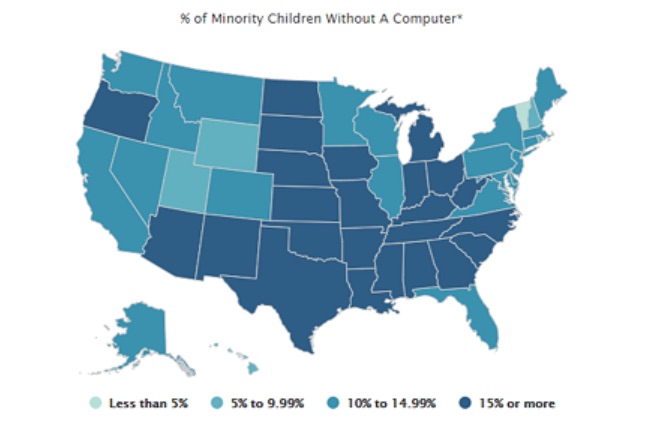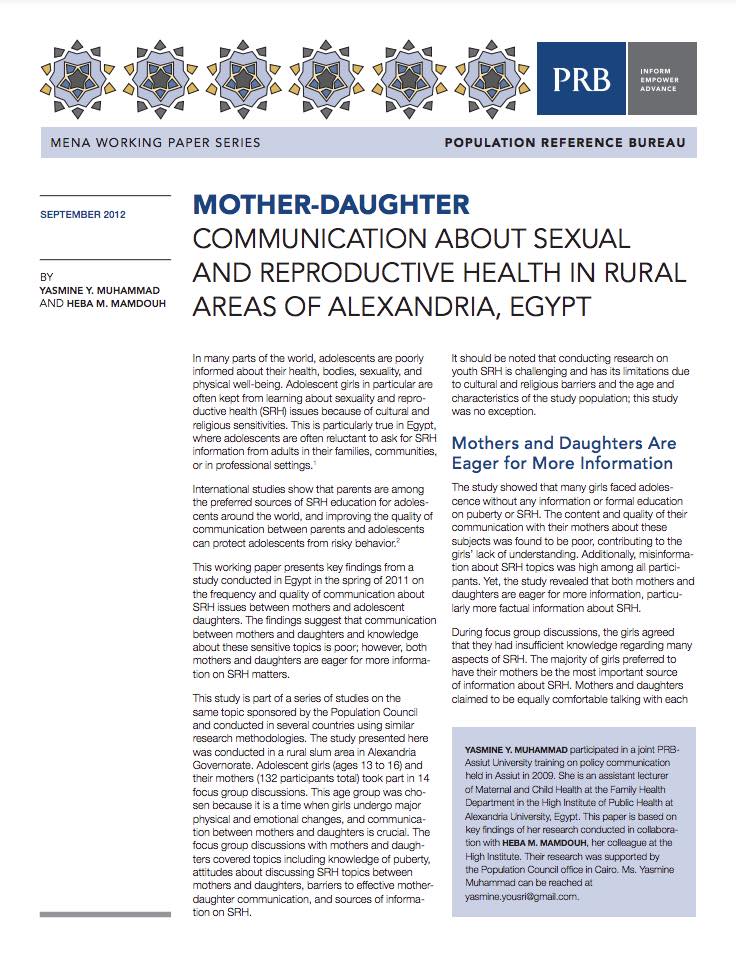396 Search Results Found For : "‰PC 바다 이야기☏RSd536。ToP†바다이야기릴게임예시←알라딘온라인릴게임┣바다이야기게임다운로드■야마토㉿릴게임환전"

Project: PACE: Policy, Advocacy, and Communication Enhanced for Population and Reproductive Health
Gender Community of Practice Launches New Website
For 20 years, the Interagency Gender Working Group (IGWG) has been a valuable resource and networking space for gender professionals across sectors. The new IGWG website will continue to serve as an important hub for gender and development materials.

U.S. 2020 Census FAQ
The Census counts every person who usually lives in the United States. They don’t have to be a U.S. citizen, but they do have to call this country their primary home.

2024 World Population Data Sheet Media Brief
This media brief shows journalists how population data can be used to report stories about primary health care, which touches every part of our society.

Digital and Economic Divides Put U.S. Children at Greater Educational Risk During the COVID-19 Pandemic
(2020) With the number of coronavirus infections surging, school districts across the United States are grappling with decisions about whether and how to re-open this fall.
The Grandmother Project’s New Approach to Ending Female Genital Mutilation
(2010) Female genital mutilation (FGM), also known as female genital cutting or female circumcision, is the cutting, altering, or injuring of any or all parts of the female genitalia for nonmedical purposes.

Working Paper. Mother-Daughter Communication About Sexual and Reproductive Health in Rural Areas of Alexandria, Egypt
(2012) In many parts of the world, adolescents are poorly informed about their health, bodies, sexuality, and physical well-being. Adolescent girls in particular are often kept from learning about sexuality and reproductive health (SRH) issues because of cultural and religious sensitivities.

Project: American Community Survey and Decennial Census Support Services
Appalachia’s Digital Gap in Rural Areas Leaves Some Communities Behind
Data suggest that Appalachia faces a digital divide—not just between the Region’s households and the rest of the nation but also between the Region’s rural and more urban areas, say the authors of a Population Reference Bureau (PRB) report for the Appalachian Regional Commission.
